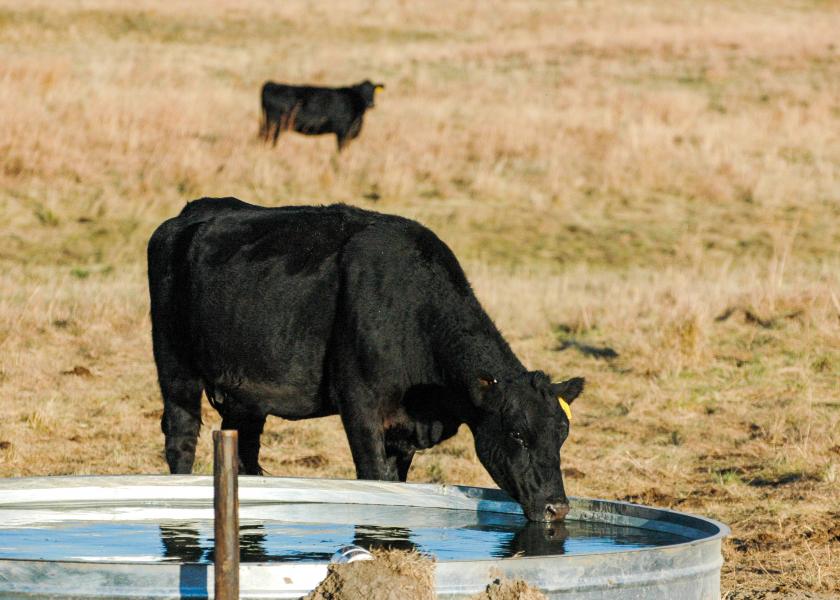Black Ink: What Technology Can't Do

The opinions expressed in this commentary are those of Miranda Reiman.
I don’t think much about cattle waterers, or how they’ve changed over the years.
Perhaps I don’t go there because I’m trying to block out the memories. Growing up, it sure felt like I spent a lot of time unfreezing them on the most bitterly cold days a Minnesota winter could offer.
Then there was that cow-calf pair, dry-lotted for some reason I can’t recall now, in a pen with a big tub and a hose I had to drag back and forth. That’s when I learned how much those mamas can drink in a day. For a young girl with no patience, a 30- to 40-gallon fill seemed to take an eternity.
But earlier this year I heard a friend say to a group of cattlemen, “I would argue that automated waterers have done more to reduce stockmanship than anything.” He learned to identify sick animals while waiting for the tank to fill.
That stuck with me.
I am a huge fan of technology and making things easier when we can, so every time I learn of ideas in development that will change the way we monitor and care for our animals, I get excited.
I’m talking temperature-taking ear tags or the equivalent of Fitbits for cattle, gathering activity data to predict health trends. There are cameras that allow for observation from the comfort of your living room. In many cases, we may be a long way from wide-scale use in practical production scenarios, but there are people inventing and implementing new innovations all the time.
But that comment about waterers? It’s a good reminder: nothing can replace the human side of stockmanship. Those tools are supposed to be used in tandem with a careful caretaker.
We need to watch, to make sure the data is correct, to make sure the technology is working and to employ intuition and empathy that Siri-like artificial intelligence doesn’t feel.
When I was driving the yard with a Kansas cattle feeder last year, he said, “The cattle will always tell you what they need. The problem is that the business is so fast, we don’t always have time to stop and see what they are asking for.”
In an era when each animal is worth so much, when we know consumers are looking to us to keep doing better, we must keep that stockmanship core at the heart of what we do each day.
Health impacts efficiency, quality and profit. Cattlemen trying to reach the highest quality beef grades aim for the ideal that their cattle “never have a bad day.”
That’s a tall task, and it means using all the tools at your disposal…including your own powers of observation.
Of course, I wouldn’t trade an automatic waterer for a more labor-intensive option. But a little extra attention to the critters in our charge? I’ll advocate for that all day long.







